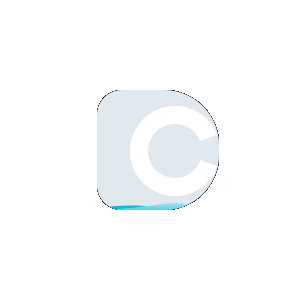JSON which is a method for storing, receiving and sending data quite similar to XML has become a favorite format because of being less verbose, lightweight, and it’s easy to read style. Today most of the servers are using JSON to send and receive data because the structure is easy to decode and also because its schema allows us to elaborate the type of content contained in the objects. The main reason why it is preferred is it’s convenient and can easily serialize complex form of data.
JSON to XML conversion is necessary when a program only supports XML or if your client asks you to convert it. How JSON is similar to XML? Well, in many ways, JSON is self-describing so is XML, they both can contain values within values, can be parsed easily with a lot of supporting languages. What makes JSON better than XML? It doesn’t use any ending tags like XML which makes it easier to read, it’s shorter and doesn’t require a lot of elements, it is easy to read because of fewer tags plus JSON can use arrays like JavaScript.
JSON has two basic elements (arrays, objects) and accepts these data types (String, numbers, objects, array, Boolean and null). The arrays are similar to the ones found in JSON and can include all the data types even another object known as nesting objects. JSON objects can contain functions, dates or stay undefined.xml
Despite the similarities, there are various reasons why one can need to switch from JSON to XML. These reasons are quite small but worth noticing, and the biggest reason to why someone would want to go for JSON is it requires less time to transfer because of small files, and it can be parsed by JavaScript function whereas XML needs an XML parser. The below given comparison can tell what you should go for:
JSON Advantages
- XML is simple but JSON is straight forward, and the grammar is smaller too which is why it can be easily mapped onto the data formation of today’s languages.
- JSON doesn’t need to be extensible because it doesn’t require any definition for new tags/attributes to present the data contained in the file.
- JSON is easy to write and read whereas XML contains more tags which makes it difficult to read it.
XML Advantages
- It is difficult to write too but just because it contains some extra ending tags doesn’t mean it makes it difficult for machines to understand it also.
- XML and JSON both are used to exchange data between similar applications, and a user can quickly move their information too.
- XML supports comments, and it is easy to write the purpose of the data included in the file.
- JSON is data-oriented whereas XML is document-oriented, Plus JSON has just started becoming known, and it is easy to convert both the formats into each other.
Now, XML can solve a lot of problems easily as it’s a mark-up language, you can add any data in text format and if we talk about JSON then no it doesn’t support all types of information. One of the big reasons for converting JSON to XML is program support, what if the program only supports the XML format? You would definitely require a quick way to convert JSON to XML online, and our tool is the best option.
It is entirely your decision because JSON and XML both have differences and can be at times efficient in execution. Like JSON doesn’t require ending tags which makes its implementation faster and for Ajax applications, JSON is the top priority data interchanging format. On the other way around, XML is secure, but JSON isn’t.
JSON to XML online conversion is easy when you have a handy tool that not only transforms JSON but makes you minify, and views the JSON in a tree structure as well. Our JSON converter online doesn’t take much time, and our tool does not need any of your processor's power to turn the data into other formats. Just follow the below written simple steps, and you will have your XML ready in no time:
- When you have opened the link to convert JSON to XML, you will find a big text box where not only you can paste the code for conversion purpose but also practice your skills.
- If you don’t want to paste the code then you can upload the whole file by clicking the “Upload File” button, else you can provide the link to the file if it’s stored somewhere online in “Load URL” field. When you are done just press the “Process” button located below the tool for instant results.
- Copy the results and paste it in your original file or, tap on the “Download” button to get the code in an XML file.
The JSON to XML Converter is just a part of something big found in the development tools; you can use JSON Validator tool before converting your code to XML especially if the data in your file is compound. The JSON Validator will let you know if any errors require your attention. There are other tools for changing the style of your code, which can display your data in the form, tree, code, and text view. Other tools like JSON Beautifier gives you the options to shorten the size of the file by minifying your data, which removes all the white spaces, adjusts extra quotes, and erases comments.
 Plagiarism Plans
Plagiarism Plans  Paraphrasing Plans
Paraphrasing Plans  Reverse Image Search
Reverse Image Search 




























